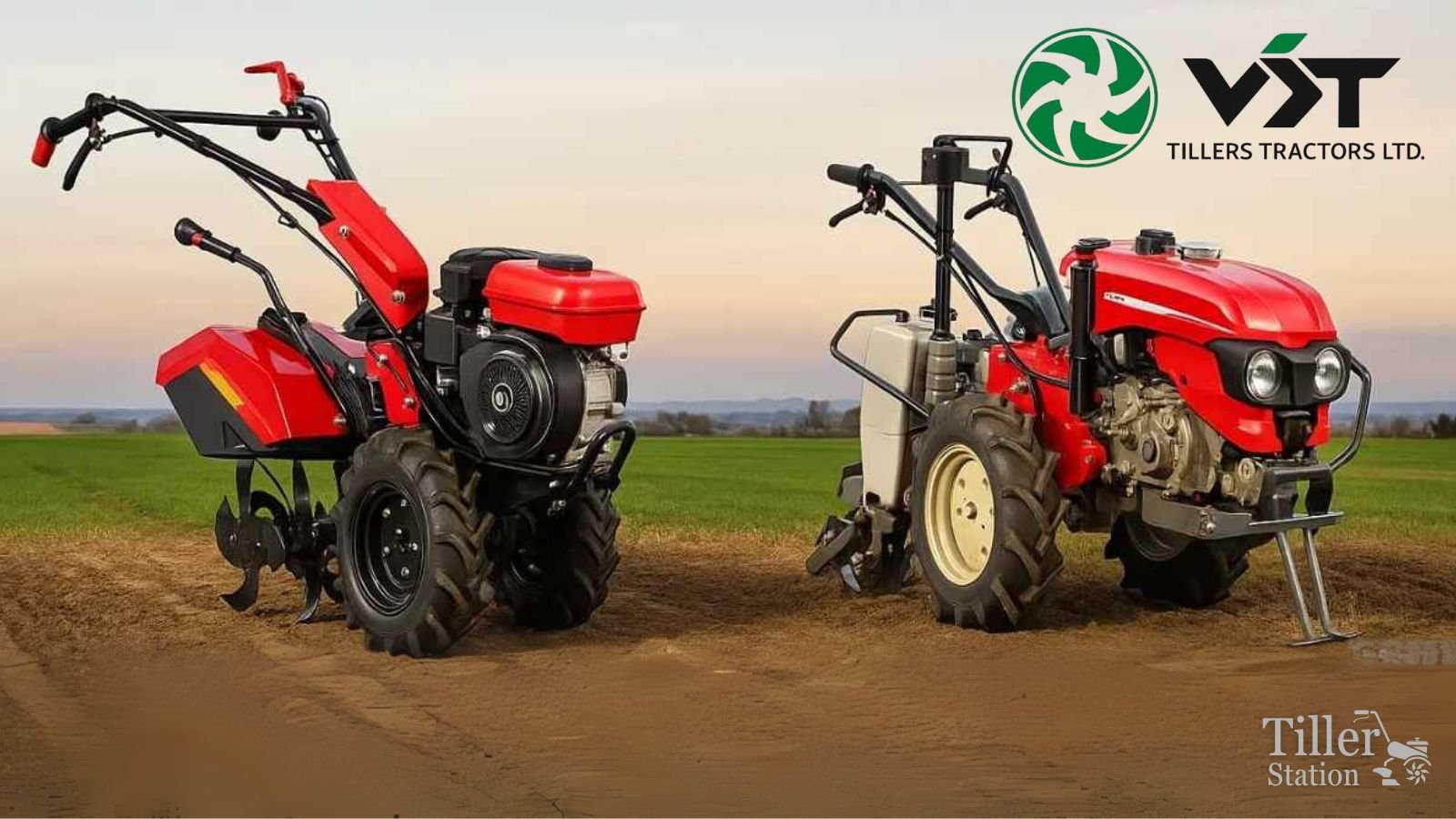July 2025 marked a pivotal month for West Bengal’s agricultural mechanization drive, notably in the power tiller and weeder market. Shrachi emerged as the clear leader, reinforcing its reputation with strong field presence, effective dealer networks, and a strategic focus on smallholders. Throughout July, Shrachi sold approximately 95 power tillers and 180 weeders in West Bengal, surpassing rival VST, which maintained solid national performance but lagged behind Shrachi locally for these segments.
Shrachi Agrimech, headquartered in Kolkata, is a cornerstone of India’s farm machinery sector and forms part of the diversified Shrachi Group. Established in 1992 as Bengal Tools Ltd., Shrachi has grown into one of India’s top power tiller brands. The company operates thru many branch offices and partners with more than 250 channel partners, offering wide access to genuine parts and dependable after-sales support. The company is well regarded for making durable, fuel-efficient, and operator-friendly equipment suitable for the needs of West Bengal’s small and marginal farmers.
West Bengal’s market for farm machinery has witnessed transformation due to a comprehensive farm mechanization policy. Through umbrella schemes crafted for smallholder support, the state’s Financial Support Scheme for Farm Mechanization (FSSM) provides subsidies ranging from 50% to 60% of the indicative price. This facilitates access to new equipment and empowers thousands of small farmers to mechanize their fields. Kolkata acts as the main commercial hub, hosting key distributors and dealers who offer brands such as VST, Kamco, Kirloskar, Shrachi, Honda and many other imported machines. Despite strides in mechanization, West Bengal continues to face notable challenges. The state’s farm power availability remains below 1 kW/ha, trailing states like Punjab, where availability is 3.5 kW/ha. With nearly 80% of landholdings classified as small or marginal, individual ownership of machinery is often unviable, driving the need for custom hiring models and community-based equipment banks.
However, growth opportunities abound. The state government aims to raise farm power availability from 2.30 kW/ha to 2.50 kW/ha, in line with national targets. The Sub-Mission on Agricultural Mechanization (SMAM) supports this initiative by facilitating the creation of Custom Hiring Centers (CHCs). Surveys reveal strong farmer willingness to adopt rotary power weeders through these community models, and the Union Budget 2024-25 allocated ₹1.27 lakh crores for the agriculture ministry, ensuring continued support for mechanization. Modern machines now feature improved fuel efficiency, lower emissions, multi-purpose attachments, and integration with precision agricultural technologies, reflecting rising demand for compact and versatile equipment tailored for the state’s dominant crops.
Ultimately, Shrachi’s leadership in July 2025 is emblematic of positive market trends. West Bengal’s power tiller and weeder sector is poised for further expansion, bolstered by supportive government policies, strong dealer networks, and a robust response to the labor challenges faced by small and marginal farmers. With continued interventions to improve credit access, extension services, and scheme awareness, the mechanization journey promises to become more inclusive and impactful for all segments of the state’s agricultural community.





